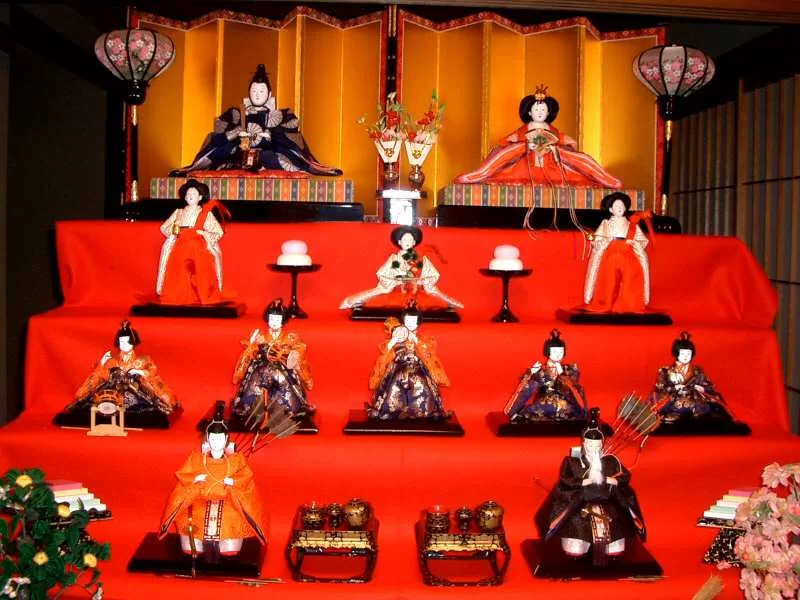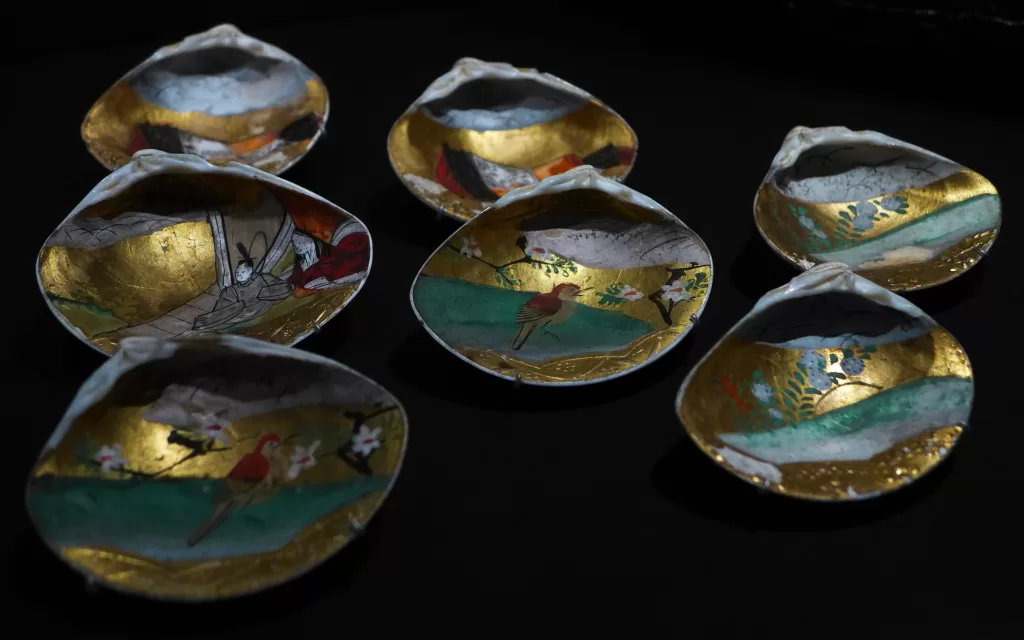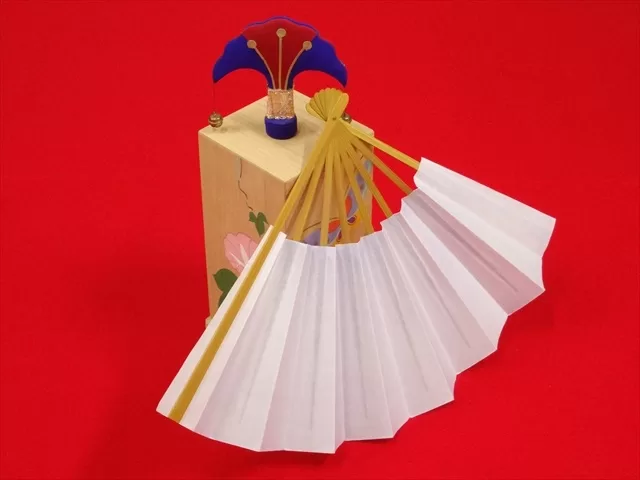Hiinamatsuri Event Celebrates History with Living Dolls
Japan boasts a rich cultural history, marked by numerous annual festivals and events. One such representative event is the celebration of “Hina Matsuri” (雛祭り), known as Doll’s Day or Girls’ Day, celebrated each year on March 3. Traditionally, ornamental dolls (雛人形 Hina-Ningyō), representing royal court figures, are displayed on platforms lined with red carpet. These dolls are a significant symbol of the Heian period, replicated by people during the festivities in Kyoto’s Hiinamatsuri celebration.

Tradition of Hina Dolls
Hina dolls play an essential role in the Hina Matsuri festival. They can often be expensive, averaging between $1,500 to $2,500 for a 5-tier set, due to their exquisite detail and craftsmanship. These dolls are typically passed down from generation to generation as heirlooms or gifted by grandparents to newborn girls in the family.
While the festival primarily celebrates girls, boys do not usually participate in Hinamatsuri as Japan has a separate event known historically as “Boys’ Day” but now celebrated as “Children’s Day” on May 5th during Golden Week.
Hito-bina: Human Hina-Dolls Embody Elegance
The central highlight of the Hiinamatsuri event is the “hito-bina.” In a striking sight to behold, ordinary people are transformed into ornate hina-ningyo, or hinamatsuri dolls. However, unlike traditional hinamatsuri dolls which sit static on platforms, these ‘hito-bina’ acting as living dolls are fulfilling every detail of this tradition. It’s definitely one of the most dascinating Kyoto events in March.
As a nod to the Hinamatsuri tradition where hina-ningyo dolls sit on platforms, these human counterparts also sit on raised daises. In contrast to usual displays though, they elevate the realism by wearing Heian period clothing. This involves the intricate Process of donning 12-layered junihitoe kimonos that weigh an impressive 20 kilos / 44 pounds.
This monumental task starts at the beginning of the event allowing attendees to witness this captivating transformation. As participants brace themselves under the hefty weight of the splendid kimono, a sensational performance unfurls. As if cued by their dressing completion, five musicians – popularly known as “goninbayashi,” positioned on a lower platform kick-start a mesmerizing play of Japanese court music. Almost concurrently, three court ladies majestically seated on a middle platform break into dance.
Ancient Heian Period Games at Hiinamatsuri
Participants and attendees at the Hiinamatsuri festival also have opportunities to engage in traditional games played by Heian period aristocrats.

Games of Aristocracy: Kaiawase
Compounding the feel of time travel further is the chance for attendees to participate in ancient games once played by Heian period aristocrats. One such game includes ‘Kaiawase’, where players try to find matching pairs among intricately painted shells. The quest for matching shells offers participants an imaginative blip into role playing as Heian period nobles in an engaging and historic context.

Engaging Antiquity: Tosenkyo
Another game that nudges modelesque engagement from attendees is ‘Tosenkyo’. Similar in concept but unique in playing method compared to modern-day darts, Tosenkyo sees participants try their skills at knocking down a stand with a gingko leaf-shaped target. This feat is achieved by hurling fans from a distance of one meter away.
However simplistic it might sound; it’s this simplicity that weaves its magic – especially when successful attempts yield points based on how components tumble down. The thrill experienced when your fan hit its mark elevates the overall joy of immersing oneself into antiquated elegance.
From transforming participants into living doll displays to partaking in ancient games, Hiinamatsuri offers visitors an unforgettable trip through Japan’s rich history and culture. The elegant details, effort made to recreate attire and traditions of Heian period’s aristocracy make it an event worthy for anyone wanting to step back through time.
Kyoto’s Hiinamatsuri is unique and filled with vibrant exhibits depicting Japan’s historical culture and tradition—an enjoyable experience for local citizens and travelers visiting Kyoto especially with children.
Another exciting event in Kyoto is Nagashibina. Get ready to immerse yourself in the enchanting Nagashibina event on March 3rd at the Shimogamo Shrine in Kyoto. This traditional ceremony, held during Japan’s Hinamatsuri or Girls’ Day, is a captivating spectacle where paper dolls known as “nagashibina” are delicately placed on the river’s surface.